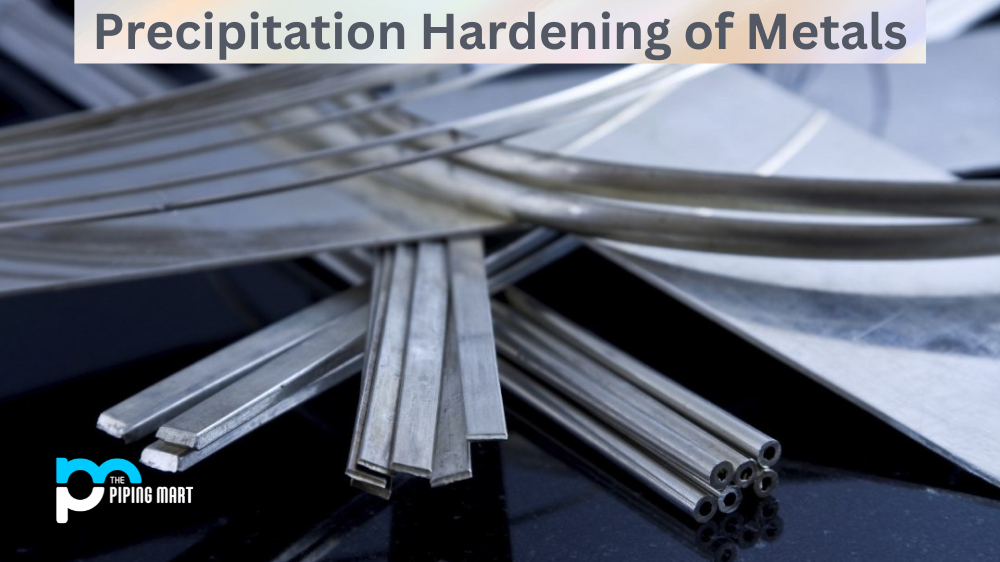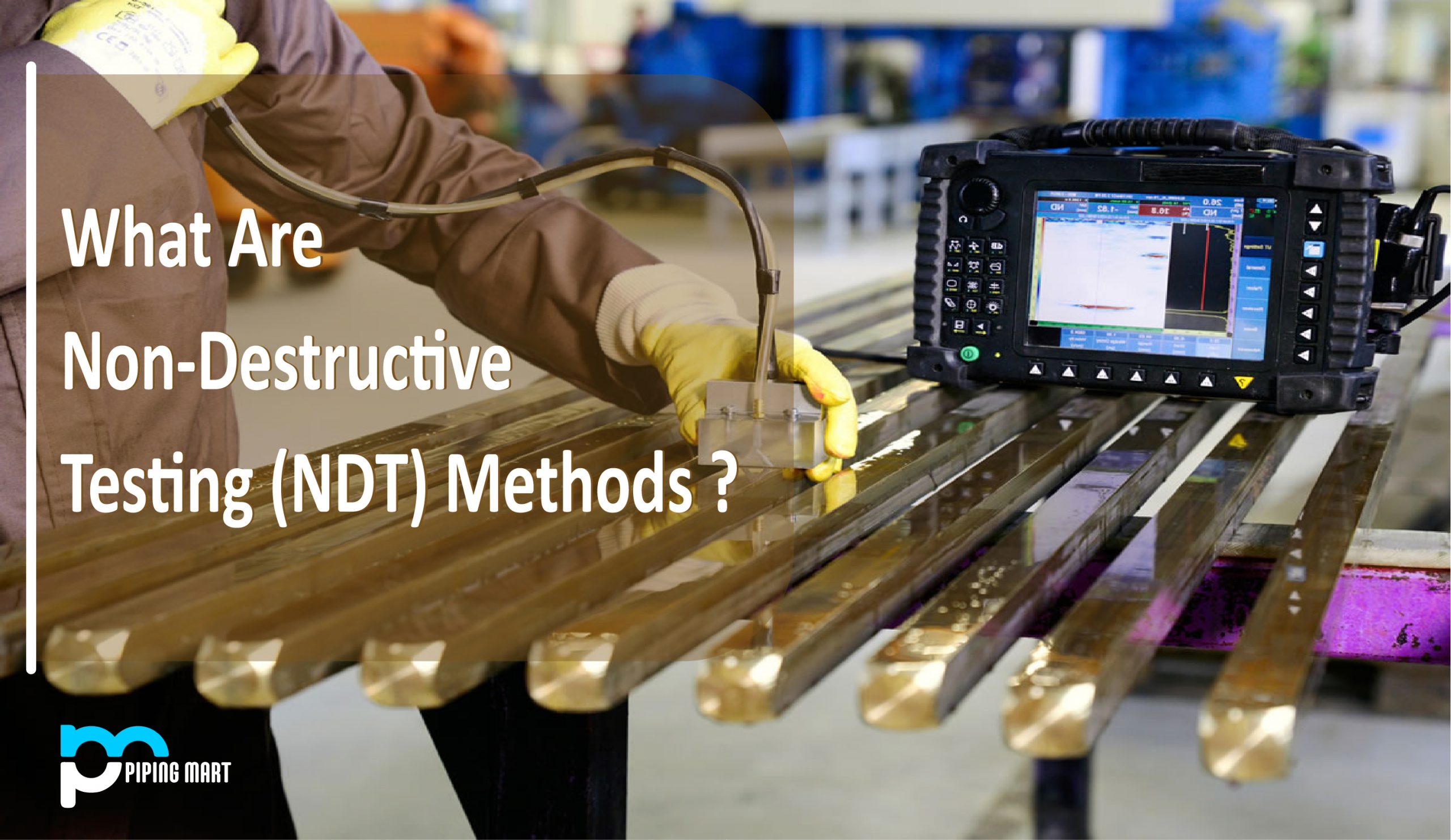Have you ever wondered how certain metals become harder and stronger than others? One process used to increase the hardness of the metal is called precipitation hardening. In this blog post, we will cover what precipitation hardening is, the process of precipitation hardening, and its uses.
What is Precipitation Hardening?
Precipitation hardening is a process by which metals are exposed to temperature cycling in order to create a harder and stronger material. By adding atoms into the metal’s structure, such as copper or aluminium, it creates tiny particles that act like glue and bond the metal together at a molecular level. This makes it more resistant to wear and tear over time as well as increases its strength.
Precipitation Hardening Process
Precipitation hardening involves three distinct steps: solution heat treatment, ageing treatment, and cold working. The first step requires heating the metal until it reaches a solution state. This allows for a uniform structure throughout the material. The second step involves allowing the metal to age at room temperature for several hours or days, depending on the type of metal being treated. During this time, atoms are added into the structure, which then forms tiny particles that bond together at a molecular level providing increased strength and hardness to the material. Lastly, cold working takes place, which further strengthens and hardens the material by compressing its molecules even closer together.
Precipitation Hardening Uses
Precipitation hardening has many applications ranging from aerospace components to medical implants due to its strong yet lightweight properties. It is also used in manufacturing tools such as drill bits and cutting blades since they require high levels of durability when used in industrial settings. Additionally, precipitation hardening can be applied to automotive parts such as engine blocks or pistons since they need to be able to withstand extreme temperatures while still remaining lightweight enough for efficient operation within an engine compartment.
Conclusion:
In conclusion, precipitation hardening is an effective way of increasing both strength and hardness in metals without sacrificing weight or flexibility. It has many applications ranging from aerospace components to medical implants due to its ability to create strong yet lightweight materials with excellent durability characteristics. If you are looking for ways to optimize your engineering project or manufacturing process for greater efficiency and performance, consider using precipitation hardening!

A passionate metal industry expert and blogger. With over 5 years of experience in the field, Palak brings a wealth of knowledge and insight to her writing. Whether discussing the latest trends in the metal industry or sharing tips, she is dedicated to helping others succeed in the metal industry.




